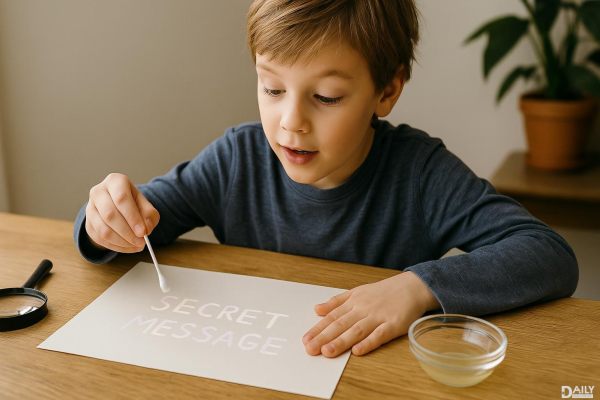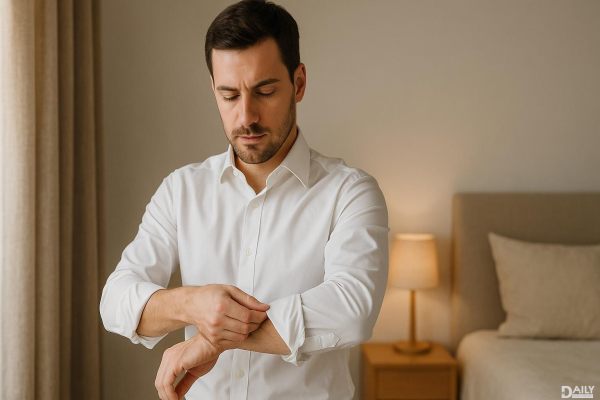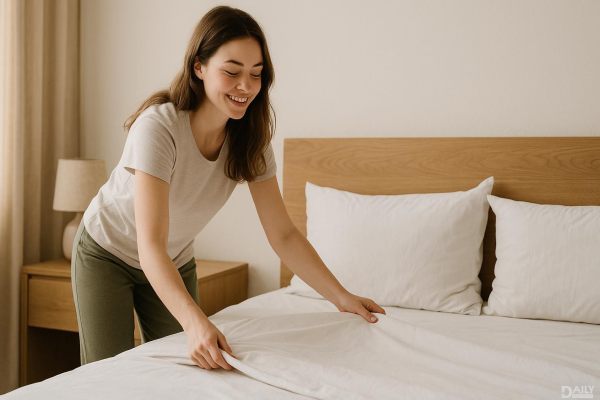Power naps are like hitting the reset button on your brain—short, sweet, and surprisingly effective at giving you that second wind. Whether you're burning the midnight oil studying for exams or grinding through a never-ending workday, a quick 20- to 30-minute snooze can feel like a lifesaver. But do these mini-sleep sessions actually help you catch up on lost Z's, or are they just a temporary fix that leaves you even more exhausted? The answer? They absolutely work—if you do them right.
The Science Behind Power Naps
Your brain isn’t just being dramatic when it begs for a nap—there’s real science backing up that midday slump. Sleep happens in cycles, and the first two stages (light sleep) are where most of the magic happens during a power nap. During this time, your body starts to relax, your heart rate slows, and your brain gets a chance to clear out some of the mental clutter. The key is staying in that sweet spot before you dip into deep sleep (Stage 3 and REM), because waking up from deep sleep can leave you feeling groggy instead of refreshed. That’s why experts like Dr. Pelayo recommend keeping naps under 40 minutes—just enough to recharge without the dreaded "sleep hangover."
Why Power Naps Beat Caffeine (Sometimes)
Sure, chugging an espresso might give you a jolt of energy, but it’s a short-lived fix that often leads to a crash. Power naps, on the other hand, offer a more sustainable boost. Research from NASA found that pilots who took a 26-minute nap improved their alertness by 54% and their performance by 34%. Unlike caffeine, which blocks sleep-inducing chemicals in your brain, naps actually restore cognitive function, memory retention, and even creativity. Plus, if you’re someone who gets jittery from too much coffee, naps are a crash-free alternative that won’t leave you wired at bedtime.
The Perfect Power Nap Formula
Timing is everything when it comes to napping like a pro. Here’s the breakdown:
Another pro tip? Nap in the early afternoon (between 1-3 PM) when your body’s natural circadian rhythm dips. Napping too late can mess with your nighttime sleep, turning your power nap into a sleep-stealing villain.
Who Benefits Most From Power Naps?
While pretty much anyone can benefit from a well-timed nap, some people see bigger gains than others. Shift workers, new parents, and anyone with irregular sleep schedules can use naps to offset sleep deprivation. Athletes also swear by naps for muscle recovery and performance. Even famous CEOs like Jeff Bezos and Arianna Huffington have publicly endorsed napping as a productivity hack. And for people with conditions like narcolepsy or chronic fatigue, scheduled naps can be a game-changer for managing daytime drowsiness.
Common Power Nap Mistakes (And How to Fix Them)
Napping sounds simple, but there are a few pitfalls that can turn your power nap into a disaster.
At the end of the day, power naps aren’t a substitute for a full night’s rest, but they’re a legit tool for squeezing more energy and focus out of your day. Whether you’re a student, a CEO, or just someone who loves a good midday snooze, mastering the art of the power nap can be a total game-changer. So go ahead—close your laptop, set a 20-minute timer, and let your brain hit the refresh button. You’ll wake up feeling like a whole new person.
























